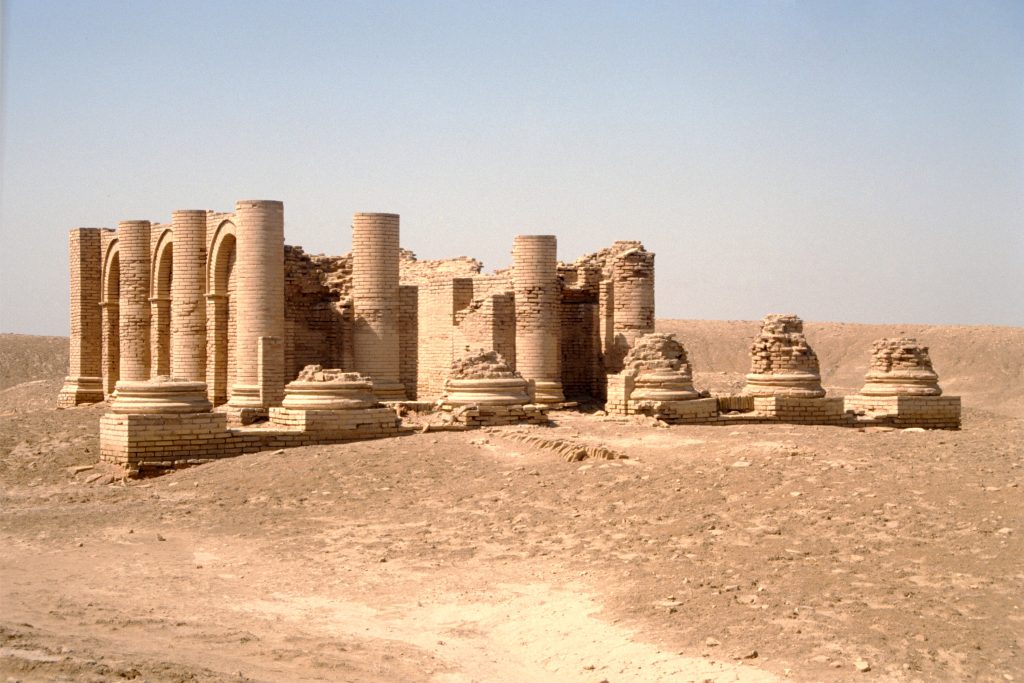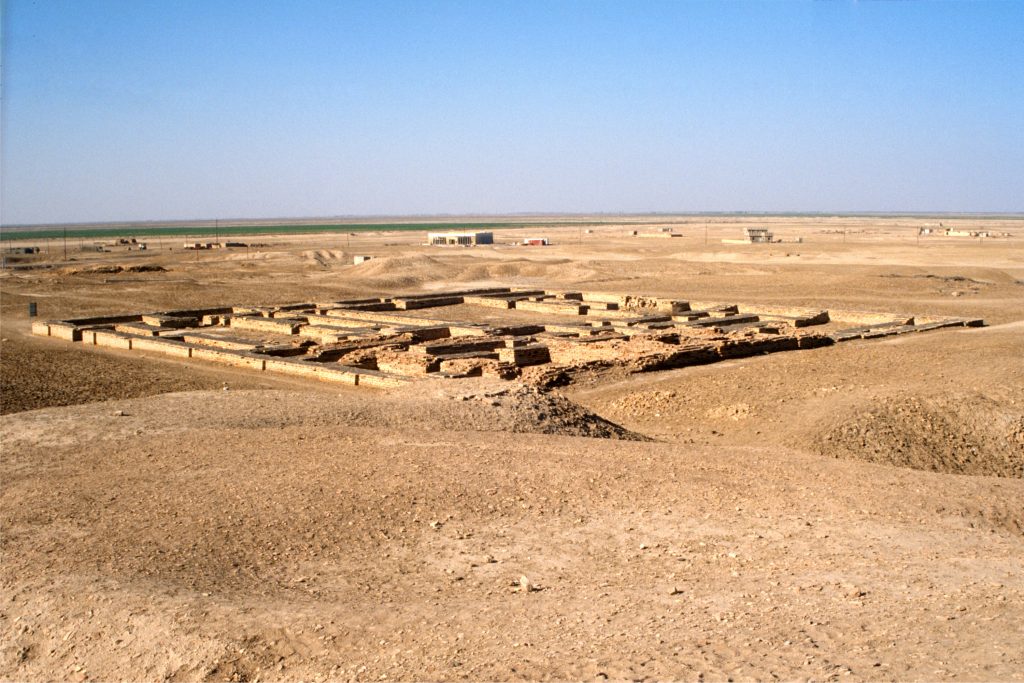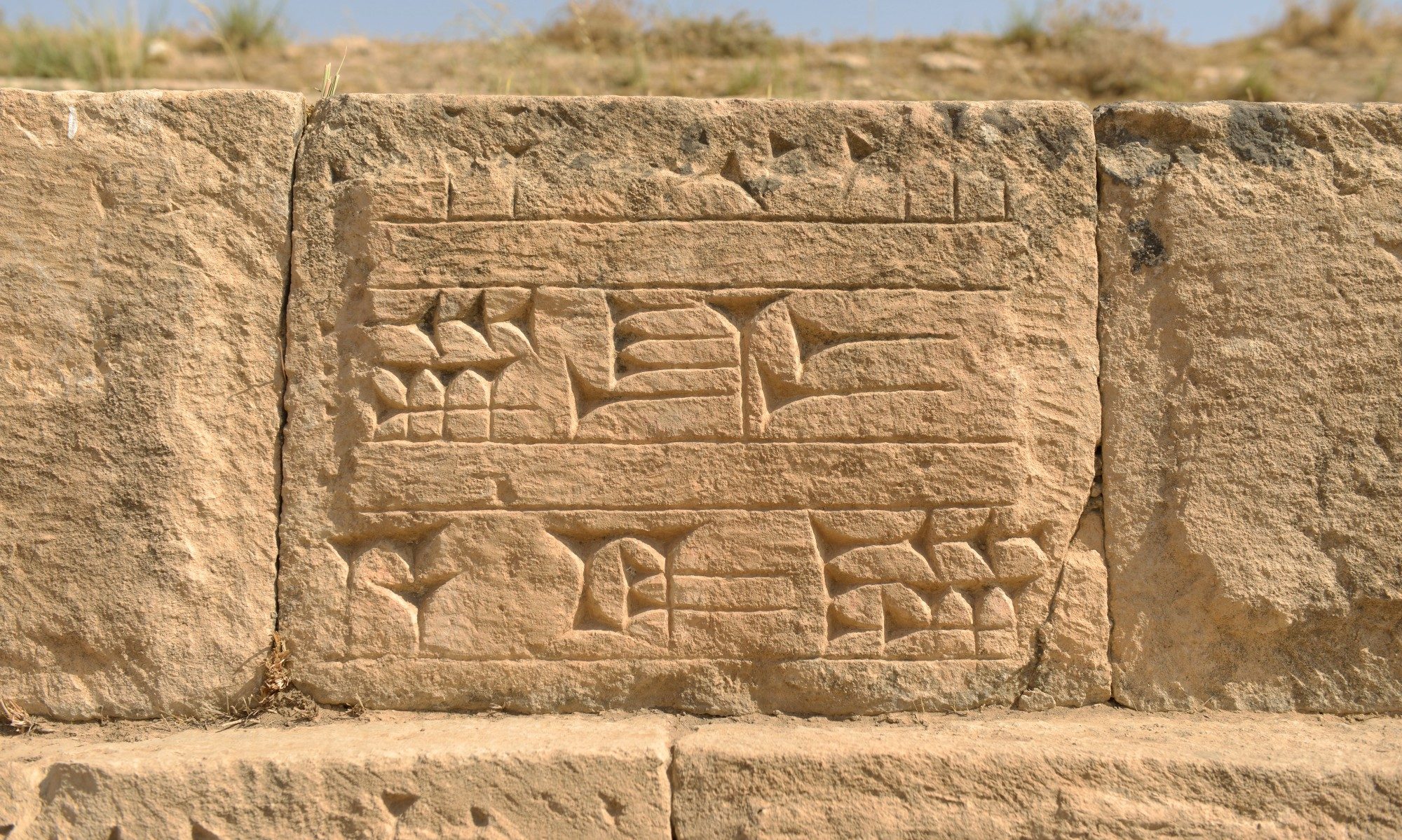The Ahwar of Southern Iraq: Refuge of Biodiversity and the Relict Landscape of the Mesopotamian Cities
Inscribed on the World Heritage List in 2019
By Dr Mónica Palmero Fernández
The southern marshes of Iraq comprise an ecological and cultural complex of immense importance to humanity, as it was in this region of the world where some of the most important human innovations were first developed between the 5th and 3rd millennium BC, including cities, writing, or complex technologies and societies. The Ahwar of Southern Iraq – also known as the Iraqi Marshlands – form one of the world’s largest inland delta systems in an extremely hot and arid environment, which makes them a unique environmental complex.
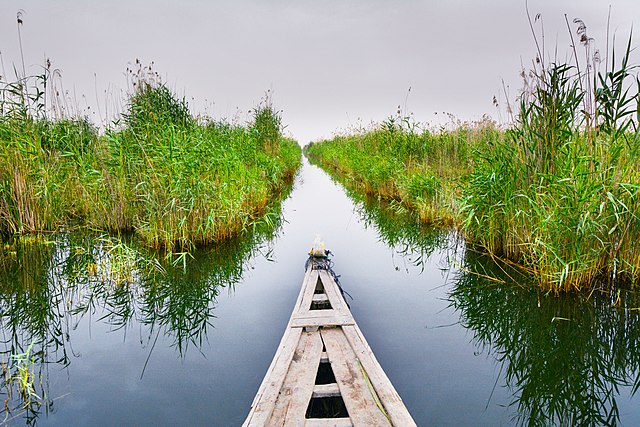
The area comprises three archaeological sites and four wetland marsh areas in southern Iraq. The archaeological sites included are the cities of Uruk and Ur, which are two of the oldest urban settlements in the world, and Tell Eridu, where an important cultic centre spanning thousands of years was located. Between the 5th and 3rd millennium BC, these three key sites were located on the margins of freshwater marshes formed in the deltaic complex of the Euphrates and Tigris Rivers as they flow into the Arabian Gulf. It was in these particular environmental conditions that social, technological and urban complexity emerged.
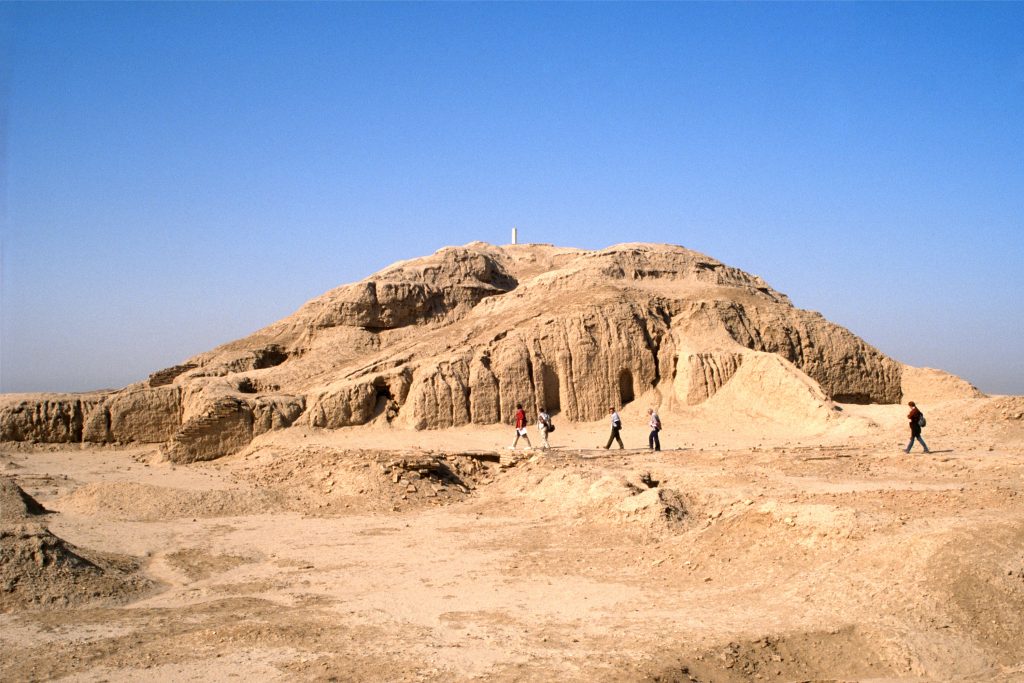
Uruk, Ur and Eridu are protected under the Iraqi Law of Antiquities and Heritage and are provided with personnel to ensure the protection and monitoring of antiquities. Recently, Iraqi-international archaeological teams at Uruk, Ur and Eridu have been re-instated, which will continue to unravel the histories of these important archaeological sites whilst ensuring their conservation and contributing to enhancing interpretation and engagement with local communities. At Uruk, the activities of the German Archaeological Institute resumed in 2015, with a focus on both scientific research in the ruins and the preservation and presentation of what has already been excavated since the 19th century and throughout the 20th century. At Ur, several international teams have resumed activities since 2013. The Ur Region Archaeology Project, based in the UK, have conducted excavations at various sites located in the vicinity of the ancient city of Ur. An Iraqi-American team based at Stony Brook University resumed excavations at the site of Ur in 2015 within the context of the State Board of Antiquities and Heritage’s objective of enhancing Ur as a tourist site. The Iraqi-Italian Archaeological Mission has conducted documentation and conservation work at the site of Ur, mainly of the ziggurat, the Royal Cemetery, and the E-dub-lal-mah temple. The Iraqi-Italian team also resumed excavation at the site of Eridu in 2014 after a 65 year hiatus.
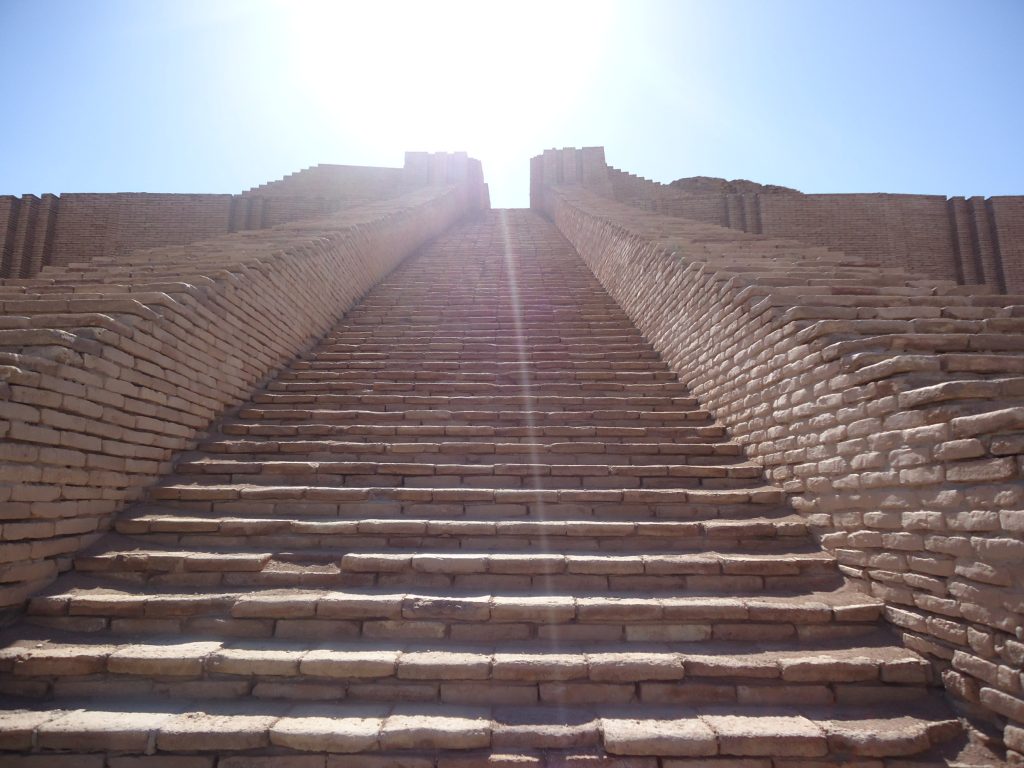
The Outstanding Universal Value of the property’s ecological components is currently threatened by decreased water flow, oil and gas exploration and exploitation, illegal bird hunting, over-fishing. The archaeological sites are also threatened by conservation needs, increased visitation and lack of adequate legal protection. It is expected that touristic attractions to the sites and natural areas will increase as the political situation in the country stabilizes, which poses a substantive opportunity but also a threat to conservation. Coordinating efforts between governmental institutions, archaeological teams, and local communities will be key for the successful safeguarding and enhancement of the Ahwar of Southern Iraq for the future.
UNESCO webpage
https://whc.unesco.org/en/list/1481
DAI Uruk excavation
https://www.dainst.org/en/projekt/-/project-display/51076
German Oriental Society webpage
http://www.orient-gesellschaft.de/forschungen/projekt.php?p=15
Ur Region Archaeology Project
http://www.urarchaeology.org/
New excavations at Ur
https://www.journals.uchicago.edu/doi/pdfplus/10.5615/neareastarch.79.4.0246
Ur Online – digital archive of Woolley’s excavations (BM/Penn)
http://www.ur-online.org/
Video of the Ur Royal Cemetery conservation and digital mapping – Iraqi-Italian Mission
https://youtu.be/9mMDJpK5soA
New excavations at Eridu
https://www.academia.edu/21315716/The_Iraqi-Italian_Archaeological_Mission_at_the_Seven_Mounds_of_Eridu_AMEr_
